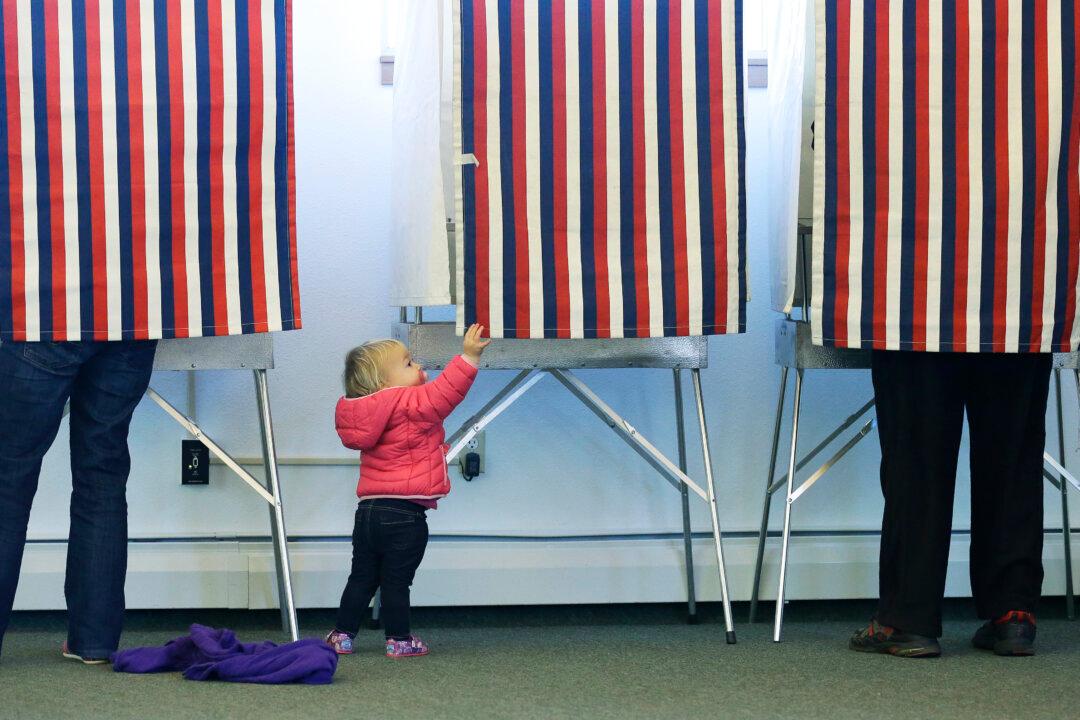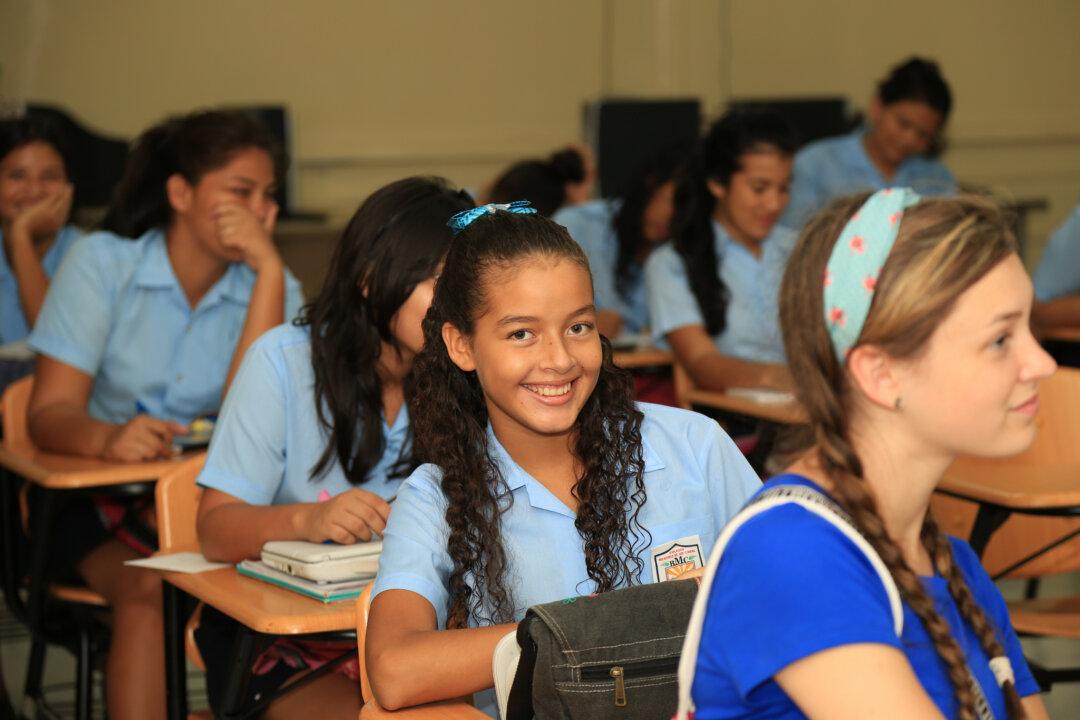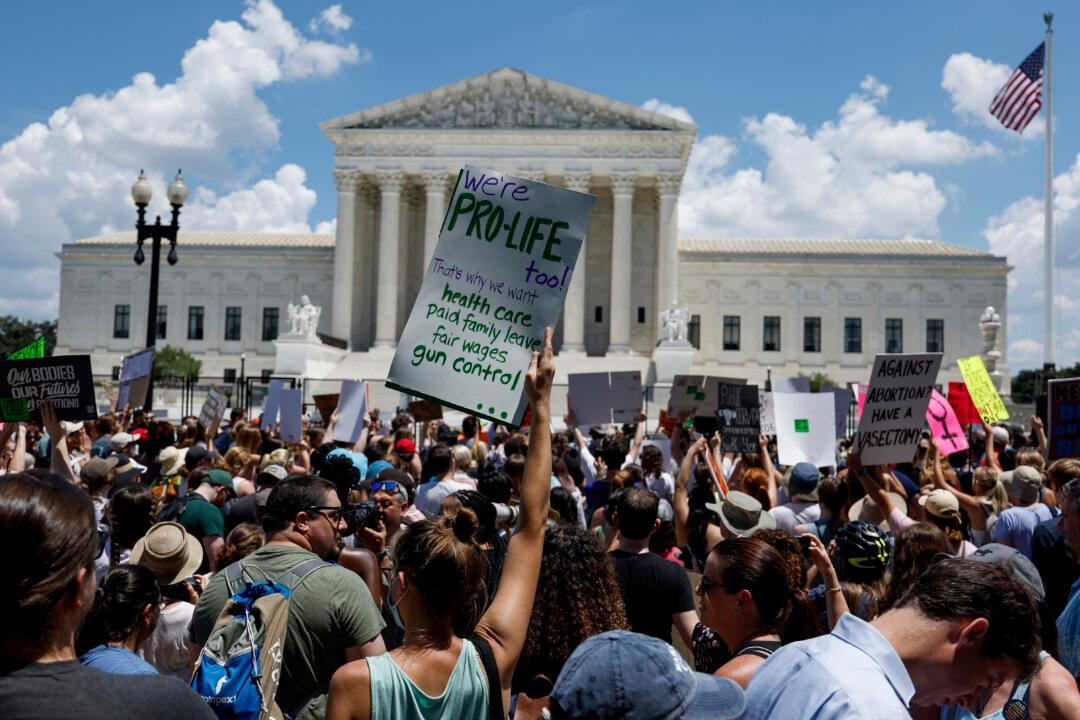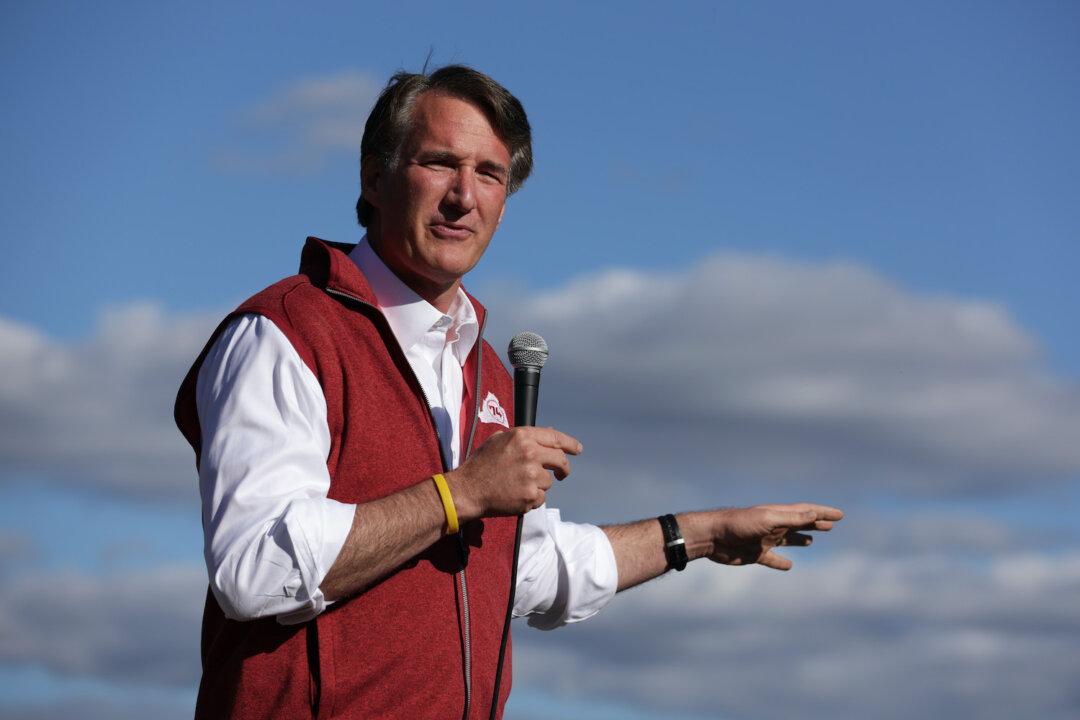Proponents of ranked choice voting (RCV) say it gives voters more choices and decreases campaign attacks because candidates are trying to appeal to a broader base.
But Jason Snead, executive director of Honest Elections Project, said while it is objectively true that RCV gives voters more choices, the more important question should be, does RCV improve elections?





